Stephanos
View All Tags
In the religious sphere, the stephanos was often associated with deities, particularly gods like Zeus, as seen in the epithet Stephanophoros, meaning “the crowned one.” Deities were sometimes depicted wearing crowns made of leaves, flowers, or other symbolic materials. In these cases, the stephanos signified the god’s sovereignty, protection, and divine power. The crown was not only a symbol of the god’s dominion but also of their relationship with the people, who saw the gods as protectors and benefactors.
In athletic competitions, such as the Olympic Games, victors were awarded a stephanos made from laurel leaves, olive branches, or pine—symbols of victory, honor, and achievement. These crowns were given to champions to celebrate their physical prowess and success in the games. The laurel wreath, specifically, became synonymous with victory, as it was believed to have been the crown worn by Apollo, the god of athletic and artistic excellence. Thus, the stephanos was a marker of individual or collective achievement, and wearing it was a public recognition of one’s excellence.
In the military context, the stephanos also served as a symbol of victory and honor for soldiers or military leaders. After a successful campaign, generals and soldiers could be awarded a crown to signify their bravery and contribution to the state’s success. The act of crowning a victorious general or army was not just a personal honor but a statement of the state’s gratitude and the individual’s elevated status within society.
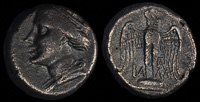
Amisos, Pontos 435-370 BCE
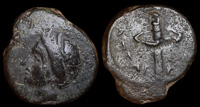
Aptera, Crete 3rd-2nd cent BCE
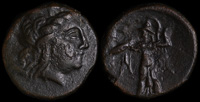
Argos, Argolis 280-260 BCE
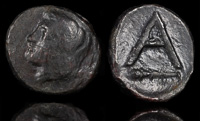
Argos, Argolis 400-350 BCE
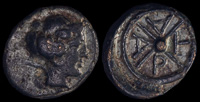
Artake, Mysia 4th century BCE
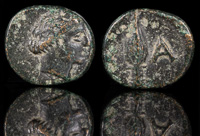
Chalke, Islands off Rhodes 4th cent BCE
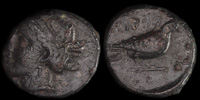
Echetimos of Paphos, early 4th century BCE
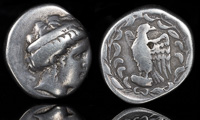
Elis, Olympia 111th Olympiad 336 BCE
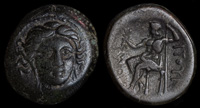
Gomphoi-Philippopolis 4th-3rd cent BCE
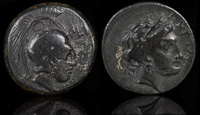
Gyrton, Thessaly 340-320 BCE
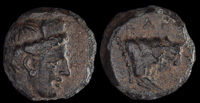
Karyanda, Caria 4th Century BCE
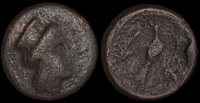
Kassope, Epeiros 342-325 BCE
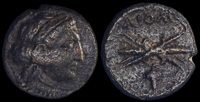
Koinon of Aeolis 4th century BCE
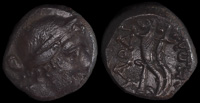
Laodikeia ad Lycum, Phrygia 158-138 BCE
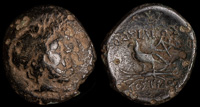
Mostis 139-101 BCE
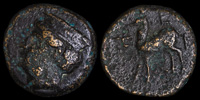
Nikagoras of Zeleia 4th century BCE
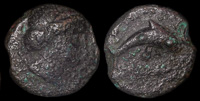
Nisyros, Islands off Caria 4th-3rd cent BCE
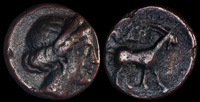
Paros, Cyclades 4th-1st century BCE

Patara, Lykia ca 168-30 BCE
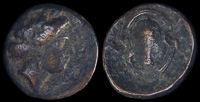
Salamis, Attica 350-318 BCE

Samos, Ionia 408-380 BCE
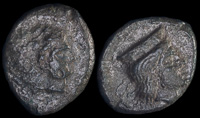
Thermai Himeraiai, Sicily 367-330 BCE
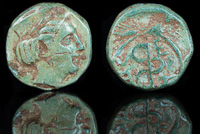
Zeleia, Troas 4th Century BCE
